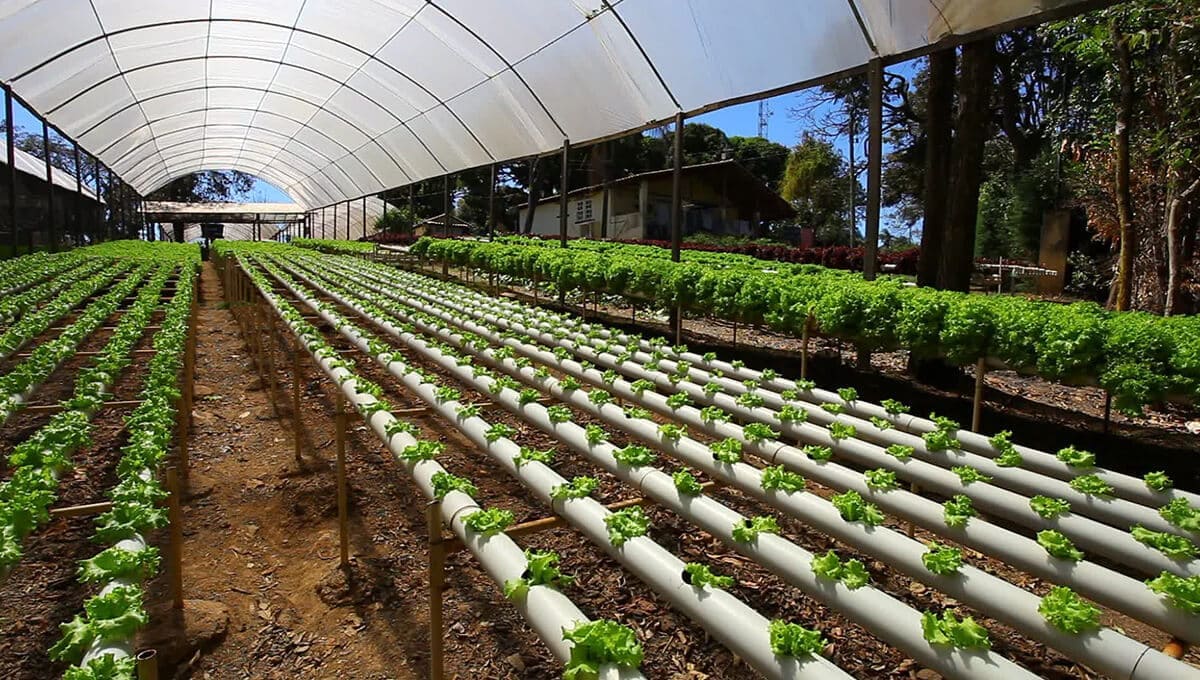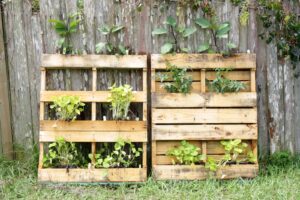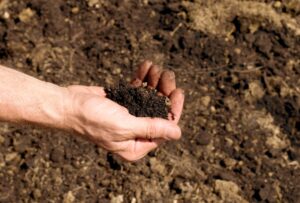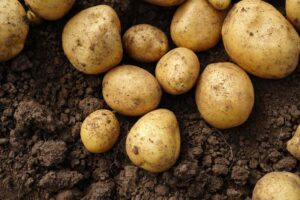Hydroponic gardening is an innovative method of growing plants without soil, using nutrient-rich water solutions instead. Whether you’re a gardening enthusiast or a beginner, setting up a DIY hydroponic garden at home is an exciting and rewarding experience. This guide will walk you through the steps to create your own hydroponic system.
Benefits of Hydroponic Gardening
- Efficient Use of Water: Hydroponics uses up to 90% less water than traditional soil gardening.
- Faster Plant Growth: Plants often grow faster and yield more produce due to direct nutrient absorption.
- Space-Saving: Ideal for urban living, hydroponic systems can be set up indoors or in small spaces.
- Pest Control: Reduces the risk of soil-borne diseases and pests.
Materials Needed
- A Container or Reservoir: A plastic storage bin, bucket, or tub to hold the nutrient solution.
- Net Pots: Small pots with holes to allow root growth.
- Growing Medium: Options include clay pebbles, rock wool, or coconut coir.
- Nutrient Solution: A water-soluble hydroponic nutrient mix.
- Air Pump and Air Stone: To oxygenate the nutrient solution.
- Water Pump (Optional): If using a circulating system.
- pH Testing Kit: To monitor and adjust pH levels.
- Grow Lights: If setting up an indoor garden.
- Seeds or Seedlings: Suitable plants such as lettuce, herbs, or tomatoes.
Step-by-Step Guide to Building a DIY Hydroponic Garden
Step 1: Choose a Hydroponic System
There are several types of hydroponic systems to consider:
- Deep Water Culture (DWC): Plants are suspended in nutrient-rich water with roots submerged.
- Nutrient Film Technique (NFT): A thin film of nutrient solution flows over the plant roots.
- Wick System: Passive setup using a wick to draw nutrients to the plant roots.
For beginners, the DWC system is the easiest to build and maintain.
Step 2: Prepare the Container
- Drill holes in the lid of your container to fit the net pots.
- Fill the container with water and add the nutrient solution as per the instructions.
Step 3: Set Up the Aeration System
- Place the air stone in the container and connect it to the air pump to ensure proper oxygenation of the nutrient solution.
Step 4: Plant the Seeds or Seedlings
- Place seeds or seedlings in the net pots with a suitable growing medium.
- Ensure the roots can reach the nutrient solution.
Step 5: Monitor and Maintain the System
- Check the pH level regularly (ideal range is 5.5-6.5) and adjust if needed.
- Replace the nutrient solution every 2-3 weeks to ensure plant health.
- Monitor water levels and oxygenation.
Step 6: Provide Adequate Light
- Place the system in a location with sufficient natural light or use grow lights for indoor setups.
Tips for Success
- Choose fast-growing plants like leafy greens, herbs, and strawberries for easier management.
- Keep the system clean to prevent algae growth.
- Maintain proper temperature and humidity levels.
Homemade Indoor Hydroponic Garden
In recent years, the popularity of indoor hydroponic gardening has skyrocketed as more people seek sustainable and space-efficient ways to grow their own food. A homemade indoor hydroponic garden offers a perfect solution for urban dwellers, gardening enthusiasts, and anyone looking to cultivate fresh, healthy produce year-round without the need for soil.
What is Hydroponic Gardening?
Hydroponics is a method of growing plants without soil, using nutrient-rich water solutions to provide essential minerals directly to the plant roots. This innovative technique allows for faster growth, higher yields, and efficient use of space and resources.
Benefits of an Indoor Hydroponic Garden
Creating a hydroponic garden at home offers several advantages. Hydroponic systems take up less space compared to traditional gardens, making them ideal for apartments and small homes. Plants grow 30-50% faster due to direct access to nutrients and oxygen. Additionally, hydroponic gardening conserves up to 90% more water than soil-based gardening and minimizes exposure to soil-borne pests and diseases. Another advantage is year-round harvests, allowing you to grow fresh produce regardless of seasonal changes.
| Benefit | Description |
|---|---|
| Space Efficiency | Takes up less space, ideal for small homes and apartments. |
| Faster Growth | Plants grow 30-50% faster than in soil. |
| Water Conservation | Uses up to 90% less water. |
| Pest Reduction | Minimizes exposure to soil-borne pests. |
| Year-Round Growth | Grow fresh produce all year round. |
Essential Components of a Homemade Hydroponic System
To set up your own indoor hydroponic garden, you’ll need several components:
- Grow Container: Choose a container that suits your space and the number of plants you plan to grow.
- Growing Medium: Instead of soil, materials like perlite, coconut coir, or rockwool support plant roots.
- Nutrient Solution: A balanced mix of essential nutrients such as nitrogen, phosphorus, and potassium.
- Water Reservoir: A tank or bucket to hold the nutrient solution.
- Pump and Air Stones: These help circulate nutrients and oxygenate the water.
- Grow Lights: LED or fluorescent lights provide the necessary light spectrum for photosynthesis.
- pH Testing Kit: Maintaining the right pH level (typically between 5.5 and 6.5) ensures nutrient absorption.
Choosing the Right Hydroponic System
The following are popular hydroponic systems based on space and experience level:
| System | Description |
| Deep Water Culture (DWC) | Roots are suspended in oxygenated nutrient-rich water. |
| Nutrient Film Technique (NFT) | Continuous flow of nutrient solution circulates over roots. |
| Ebb and Flow | Periodically floods and drains the plants with nutrients. |
| Wick System | Passive system using wicking material to absorb nutrients. |
Best Plants to Grow in an Indoor Hydroponic Garden
Some of the easiest plants to grow hydroponically indoors include leafy greens such as lettuce, spinach, and kale, as well as herbs like basil, mint, and parsley. Tomatoes, strawberries, and peppers also thrive well in hydroponic environments.
Tips for a Successful Hydroponic Garden
- Regularly monitor water levels and nutrient concentrations.
- Provide adequate lighting and adjust as plants grow.
- Keep the system clean to prevent algae and bacteria buildup.
- Start with easy-to-grow plants if you’re a beginner.





